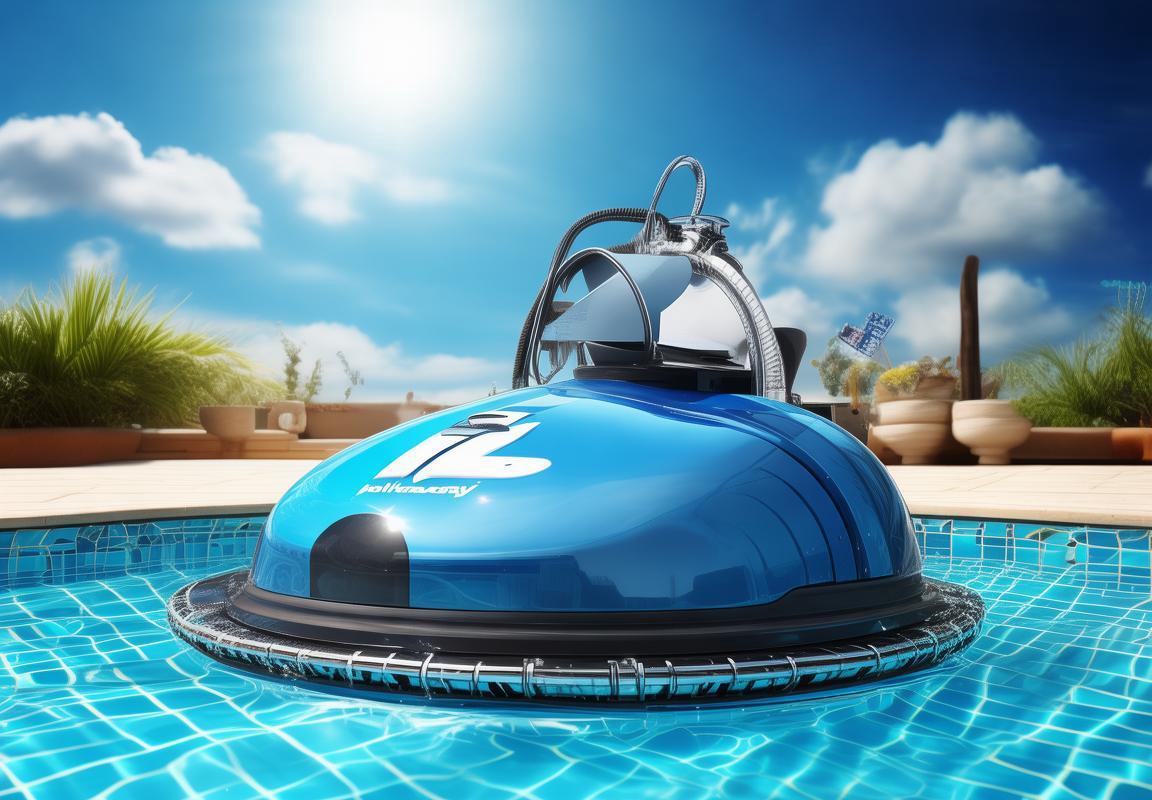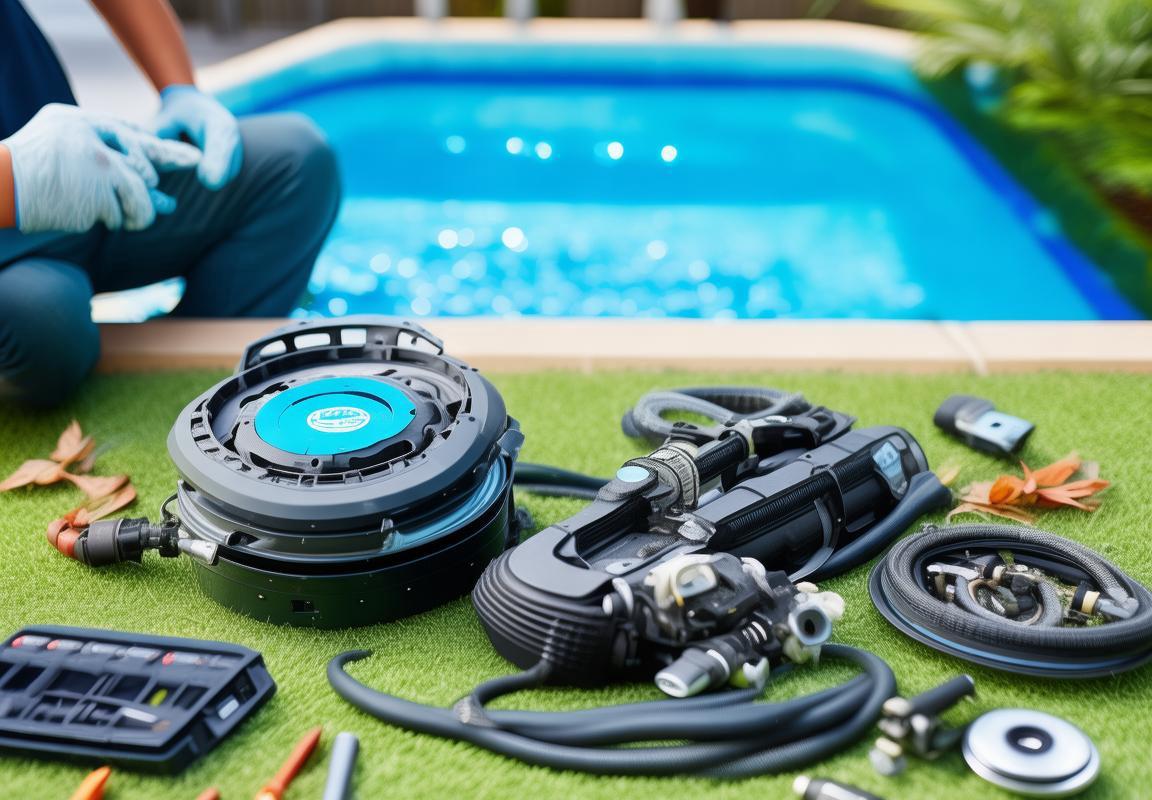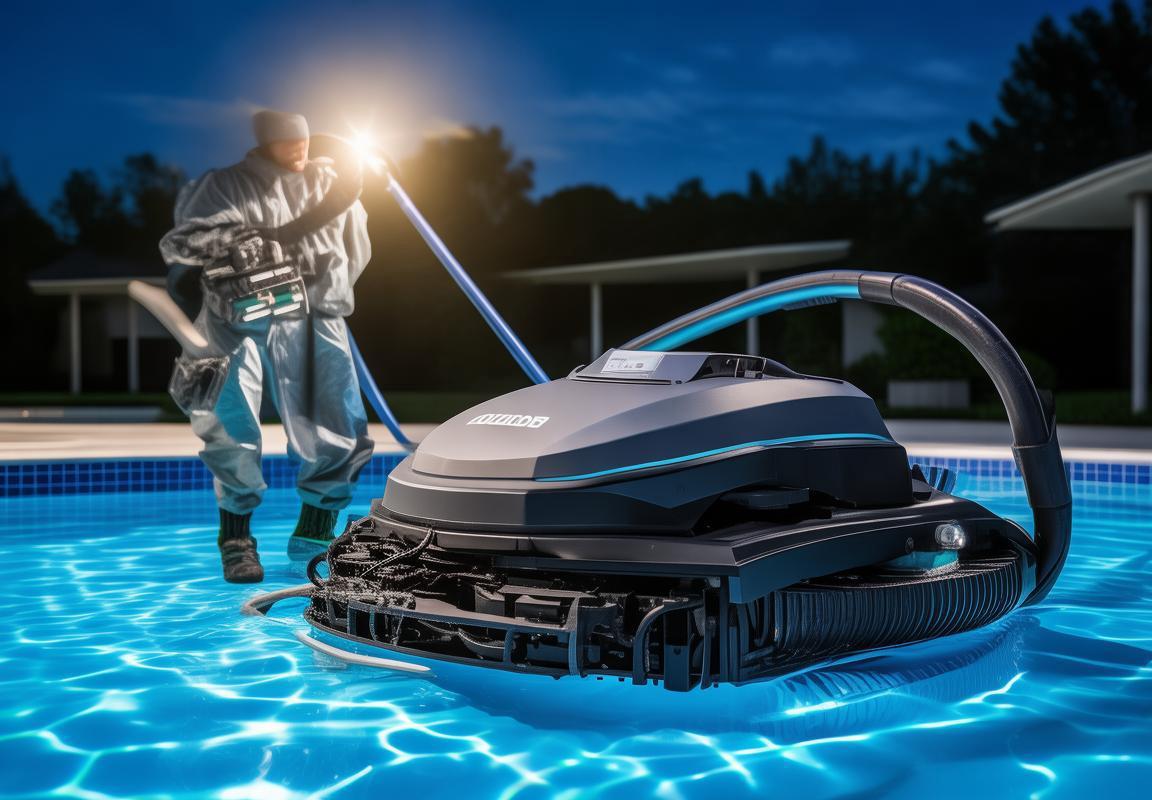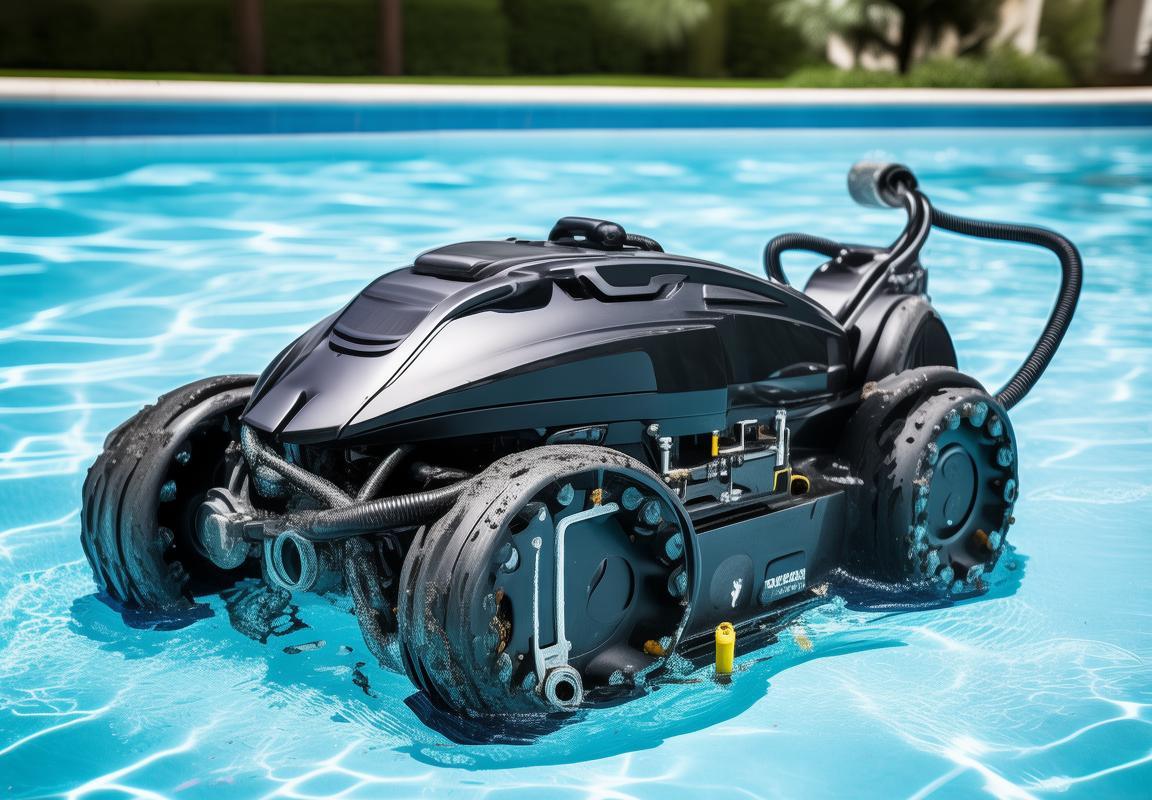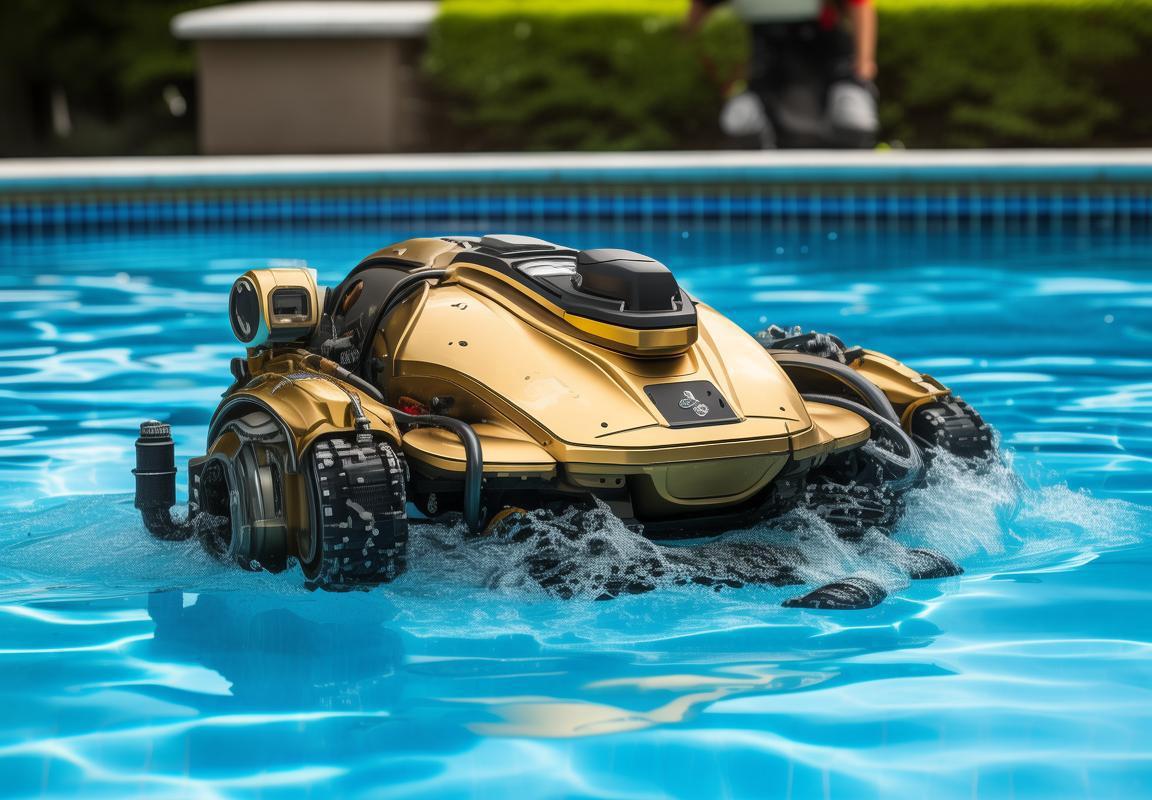Essential Parts for Polaris 280 Pool Cleaner: Troubleshooting Common Issues & Pool Maintenance Solutions
When your Polaris 280 pool cleaner starts acting up—spinning in circles, moving sluggishly, or refusing to climb walls—the problem usually comes down to worn or neglected parts for Polaris 280 pool cleaner. The tail scrubber (a small brush at the back) often causes erratic spinning when worn; replacing it restores steering. Weak movement? Check for clogged hoses, a failing diaphragm, or leaky connections—tightening fittings or flushing debris usually helps. If your cleaner moves but leaves debris behind, the filter bag may be full or torn, or the thrust jet could be clogged (clear it with a toothpick). Poor wall-climbing often stems from a waterlogged float or weak suction—adjust the thrust jet or replace the float. For sudden stops, inspect hose tangles, power supply, or worn bearings. Regular pool maintenance parts replacements—like backup valves, hose gaskets, and tires—prevent most issues. Keep these key Pool cleaner troubleshooting tips in mind, and your Polaris 280 will stay efficient without the drama.
